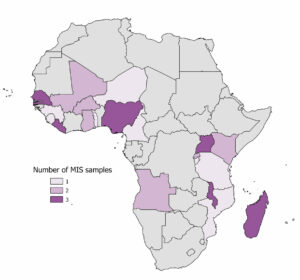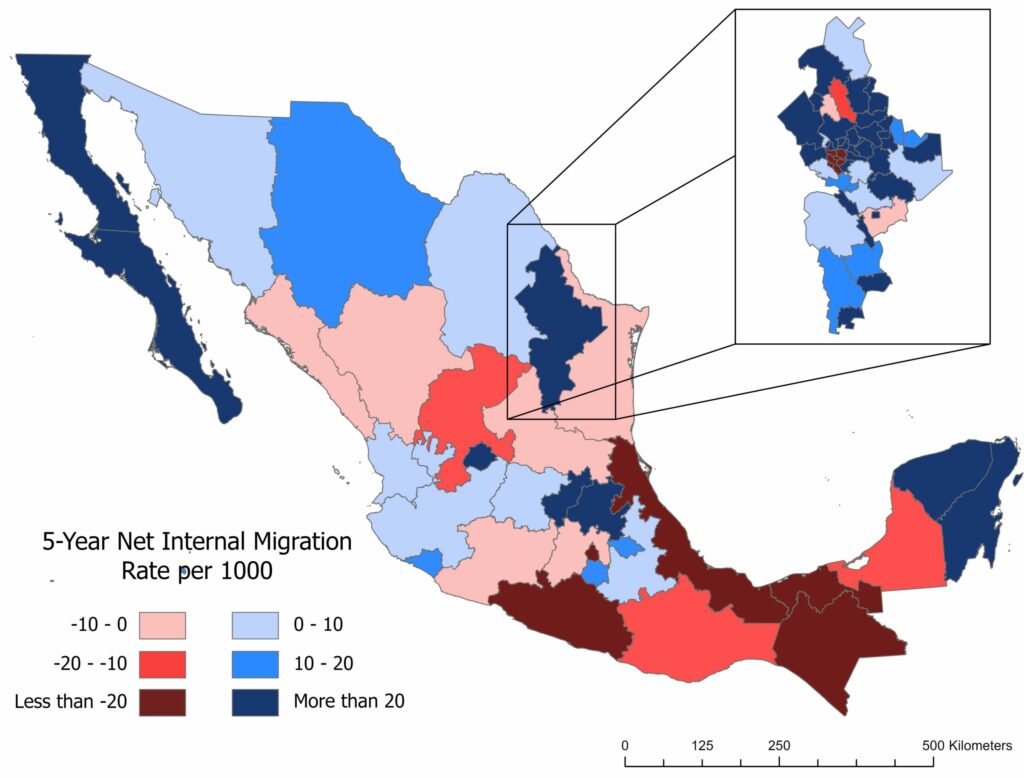By David Van Riper, ISRDI Director of Spatial Analysis
What’s new?
We just released updated land cover summaries for census tracts, county subdivisions, counties and places. Our land cover summaries describe the proportion of a particular geographic unit (e.g., a county or a census tract) that is covered by a particular land cover class (e.g., deciduous forest, evergreen forest, or cultivated crops). This release provides users with land cover summaries from nine vintages of the National Land Cover Database (NLCD) – 2001, 2004, 2006, 2008, 2011, 2013, 2016, 2019, and 2021. Summaries are available for 2010, 2020, and 2022 census tract, county subdivisions, counties, and places. We include 2022 versions of these geographic units because that was the year the Census Bureau began identifying planning regions in Connecticut. These regions replaced Connecticut’s historical counties, which have long had no official administrative function. These new planning regions changed the unique identifiers for census tracts, county subdivisions, and counties.
Why did IPUMS NHGIS create these land cover summaries?
Land cover data is commonly used to study the impacts of natural events such as hurricanes or human modifications such as converting forest to agriculture or agricultural land to developed land. Land cover data is typically released as a high spatial resolution, gridded spatial dataset where each grid cell (or pixel) is assigned to a land cover category (Figure 1, Panel A). The gridded data almost never align with the geographic units, and the high spatial resolution yields massive files that can be slow to process. A single NLCD file is 25 gigabytes in size.
We summarized nine versions of the NLCD to multiple sets of geographic units so that users can easily integrate the data into analyses already structured around geographic units. This reduces the burden on individual users to create such summaries themselves.




